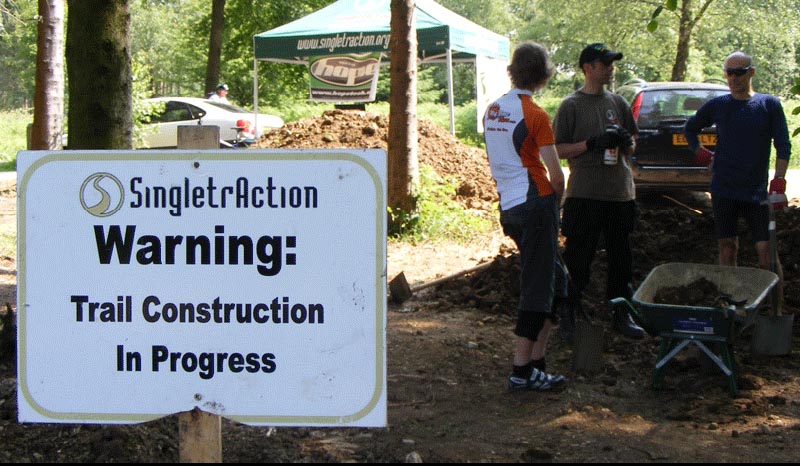Went to see the radiotherapy consultant last Thursday and came away feeling rather more optimistic. I haven’t yet mad a final decision yet but I’ve swung back in favour of active surveillance. Dr Owen told me that my cancer is 6 on a scale from 1 to 10 where 6 is the lowest grade of cancer tumours and therefore the least aggressive and lowest risk. This grading system appeared to be different form the one the surgeon consultant was using a couple of weeks ago as reported in my last post when I was told I was 6 on a scale of 10. However, the printed report I was given says that my grade is 3+3 which (using information on the web Gleason grade and Gleason score) is the lowest grade where 1 and 2 are variants of normal prostate cells. A Gleason score of 3+3 indicates all of the cancer cells found in the biopsy look likely to grow slowly. Not however the term ‘likely’. Dr Owen assured me the previous consultant and she are only talking about the active surveillance option because the cancer is in all probability low grade, slow developing and local to the prostate. If I go on the active surveillance programme I will have my blood checked for the PSA level every 3 months along with physical examinations but will also have an MRI scan to see if there are any visible signs of tumours pushing against or through the prostate wall. If the scan is OK then blood test will continue at intervals to check to see if the PSA level is stable and, all being well, another targeted biopsy will be taken after a year. If there are signs in the future that the cancer is more aggressive than thought the options of surgery and/or radiation therapy are still open. If this is caught early enough there is still the possibility of cure rather than simply managing the condition. The downside or active surveillance is that a proportion of men on it end up having surgery or other treatment anyway and, as they are older by then, the side effects can be more problematic and recovery take longer. In some cases it is found a more aggressive cancer was present all the time in which case it would have been better to have had surgery or radiation treatment straight away in the first place. Every decision comes with risk. The virtue of active surveillance is that for many men it means they do not undergo unnecessary and invasive treatment that could have serious life changing bad consequences for them.
Part of my rationale for seriously considering active surveillance is that I am a relatively fit and otherwise healthy 69 year old and have the prospect of getting quite a lot fitter over the next 6 months or so. Generally speaking younger men recover from the treatments much faster than older me simply because they are fitter and have better muscle tone in the relevant areas. One example is that men in their 50s are much more likely to have side effects like incontinence and erectile dysfunction clear up significantly faster than older men, say in their 70 or 80s. This is not because the procedures are any different for younger men but because they have a higher level of general fitness. As far as incontinence is concerned this is to do with the condition of pelvic floor muscles which is why we are encouraged to do specific exercises to strengthen them before treatments are carried out. My plan would be to develop the pelvic floor muscles of a young man pre-emptively so that if/when I have surgery or radiation in the future I will be in the best possible condition to deal with it and recover.
As a matter of interest I had two different radiation options detailed – the insertion of radioactive seed into my prostate (Brachytherapy) and full external radiotherapy where a programme of treatments takes place in 5 day blocks weekly of about 7 weeks. More details can be found on the MacMillan web site Radiotherapy for cancer of the prostate.



